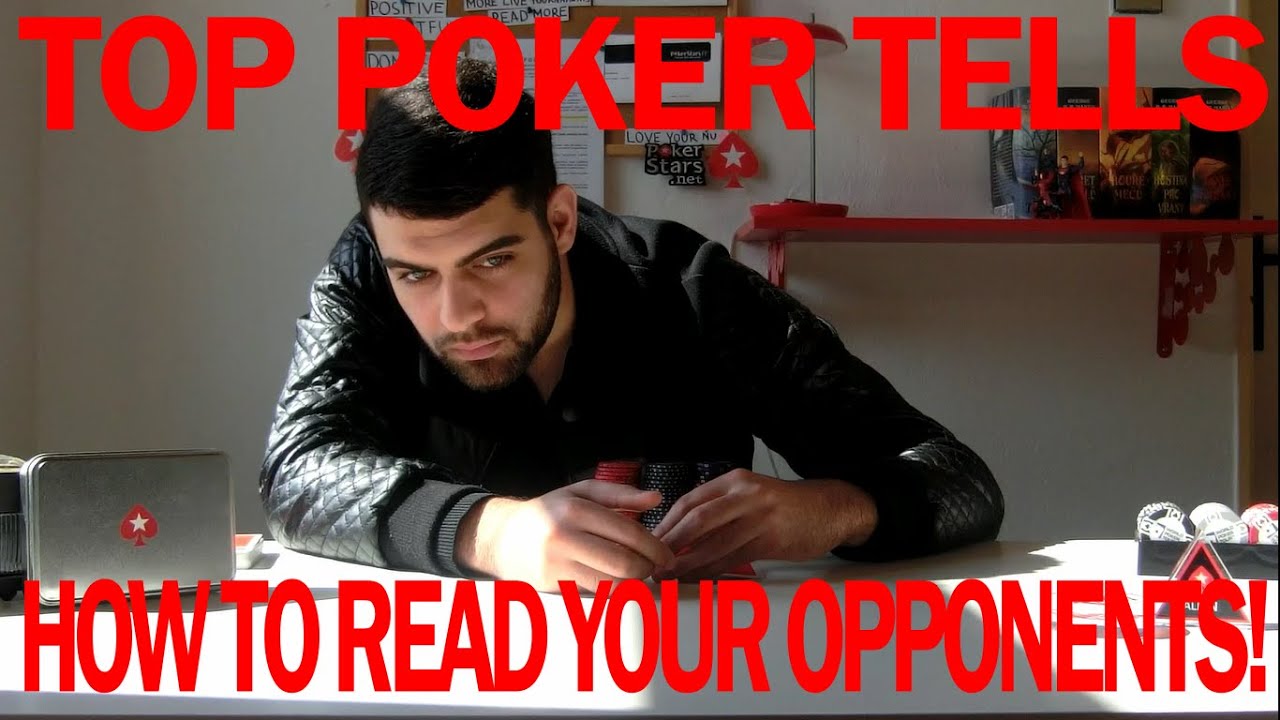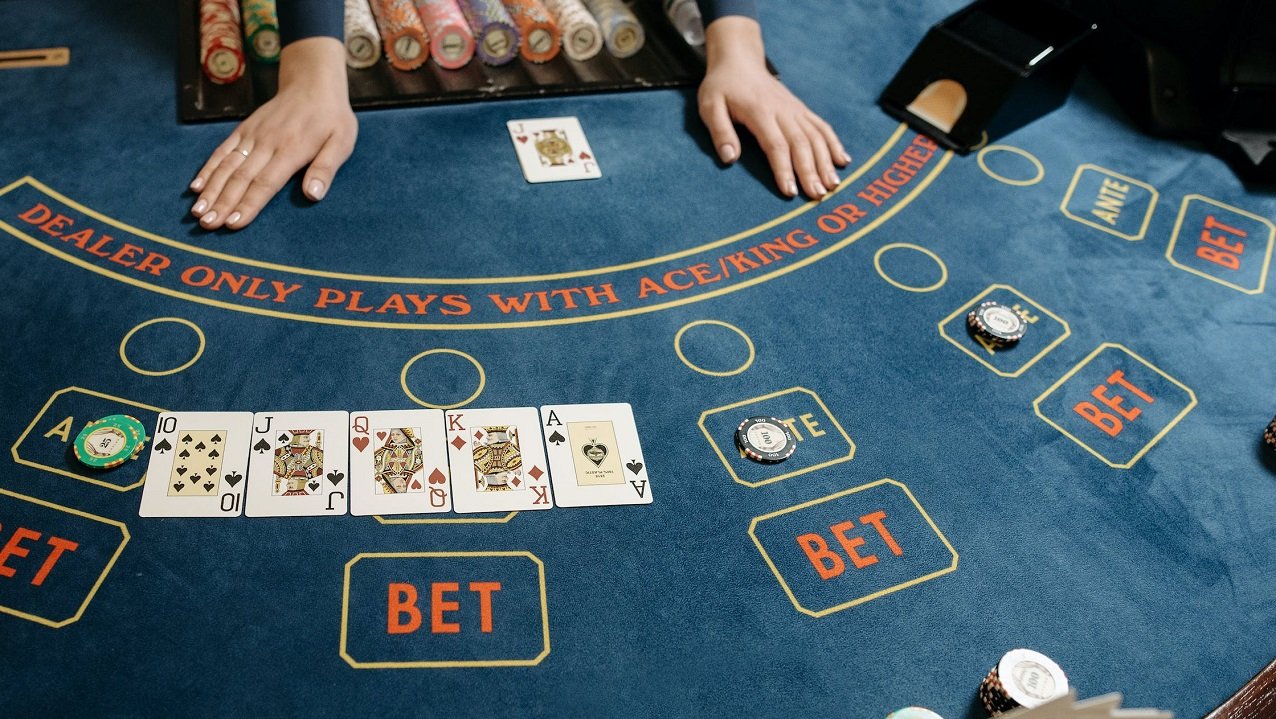
Online Poker Tells, Poker is a game of skill, strategy, and psychology. While the cards you’re dealt play a significant role, understanding your opponents and their behavior can give you a crucial edge. In live poker, players often rely on physical tells—subtle cues like facial expressions, body language, or nervous habits—to gauge their opponents’ hands. But what about online poker, where you can’t see your opponents?
In this guide, we’ll explore how to read opponents at online casinos by focusing on digital tells, betting patterns, and other behavioral cues. Whether you’re a beginner or an experienced player, these tips will help you improve your online poker game and increase your chances of winning.
What Are Poker Tells?
Poker tells are unconscious behaviors or patterns that reveal information about a player’s hand or intentions. In live poker, these can include physical actions like fidgeting, sweating, or avoiding eye contact. In online poker, tells are more subtle and often revolve around betting behavior, timing, and chat interactions.
Why Are Poker Tells Important?
Understanding poker tells can help you:
- Make better decisions: By reading your opponents, you can decide whether to fold, call, or raise.
- Bluff more effectively: Knowing when your opponent is weak allows you to bluff successfully.
- Avoid mistakes: Recognizing your own tells can help you avoid giving away information.
Common Online Poker Tells
Here are some of the most common online poker tells to watch for:
1. Betting Patterns
- Quick Calls or Raises: A player who acts quickly may be confident in their hand or trying to appear strong.
- Delayed Actions: A player who takes a long time to act may be unsure or considering a bluff.
- Consistent Bet Sizes: If a player always bets the same amount, they may be following a predictable pattern.
2. Timing Tells
- Instant Checks: A quick check often indicates weakness, as the player has no interest in building the pot.
- Hesitation Before a Raise: This can signal a strong hand, as the player is considering how much to bet.
- Frequent Timeouts: Players who frequently use the full time bank may be inexperienced or indecisive.
3. Chat Behavior
- Overly Chatty Players: Some players use chat to distract or intimidate opponents. This can be a sign of weakness.
- Silent Players: Players who rarely chat may be more focused and experienced.
- Tilted Players: Angry or frustrated comments in the chat can indicate that a player is on tilt and making emotional decisions.
4. Stack Size
- Short Stacks: Players with small stacks may play more aggressively to double up.
- Big Stacks: Players with large stacks may play more conservatively to protect their chips.
5. Table Position
- Early Position: Players in early position (acting first) often have stronger hands, as they have less information about other players’ actions.
- Late Position: Players in late position (acting last) may play more hands, as they have more information to base their decisions on.
How to Use Poker Tells to Your Advantage
Now that you know what to look for, here’s how to use these tells to improve your game:
1. Observe and Take Notes
- Pay close attention to your opponents’ behavior and betting patterns. Many online poker platforms allow you to take notes on individual players. Use this feature to track their tendencies.
2. Adjust Your Strategy
- If you notice a player consistently raises with strong hands, tighten your range when facing their raises.
- If a player frequently bluffs, call them down more often with marginal hands.
3. Mix Up Your Play
- Avoid falling into predictable patterns yourself. Mix up your bet sizes, timing, and play style to keep your opponents guessing.
4. Exploit Weaknesses
- If a player shows signs of tilt (e.g., angry chat messages or reckless bets), target them with well-timed bluffs and aggressive plays.
5. Stay Calm and Focused
- Avoid giving away your own tells by staying calm and consistent in your actions. Don’t let emotions dictate your decisions.

Common Mistakes to Avoid
While reading poker tells can be advantageous, it’s important to avoid these common mistakes:
1. Over-Reliance on Tells
- Tells are just one piece of the puzzle. Don’t base your entire strategy on them. Always consider the context, such as the strength of your hand and the board texture.
2. Misinterpreting Behavior
- Not all delays or quick actions are tells. Some players may be multitasking or using software tools that affect their timing.
3. Ignoring Your Own Tells
- Be aware of your own behavior and avoid giving away information. For example, consistently taking the same amount of time to act can become a tell.
4. Falling for Reverse Tells
- Experienced players may use reverse tells to deceive you. For example, they might act quickly to appear strong when they’re actually weak.
Tools to Help You Read Opponents
Many online poker platforms offer tools and features to help you analyze your opponents:
1. Player Notes
- Use the note-taking feature to record observations about your opponents’ behavior and tendencies.
2. HUDs (Heads-Up Displays)
- Some platforms allow the use of HUDs, which display statistics about your opponents’ playing style (e.g., aggression frequency, fold-to-raise percentage).
3. Hand History
- Reviewing hand histories can help you identify patterns and improve your decision-making.
Read More: Champions Trophy’s Brands Big Media Bets
Conclusion
Reading opponents in online poker requires a combination of observation, analysis, and adaptability. By paying attention to betting patterns, timing tells, and chat behavior, you can gain valuable insights into your opponents’ strategies and make more informed decisions.
Remember, poker is a game of skill and patience. The more you practice and refine your ability to read opponents, the better you’ll become. For more tips and strategies, check out these high-authority resources:
- PokerNews – A comprehensive guide to poker strategies.
- 888poker – Expert advice and tutorials for poker players.
Good luck at the tables, and may your reads be ever accurate!





